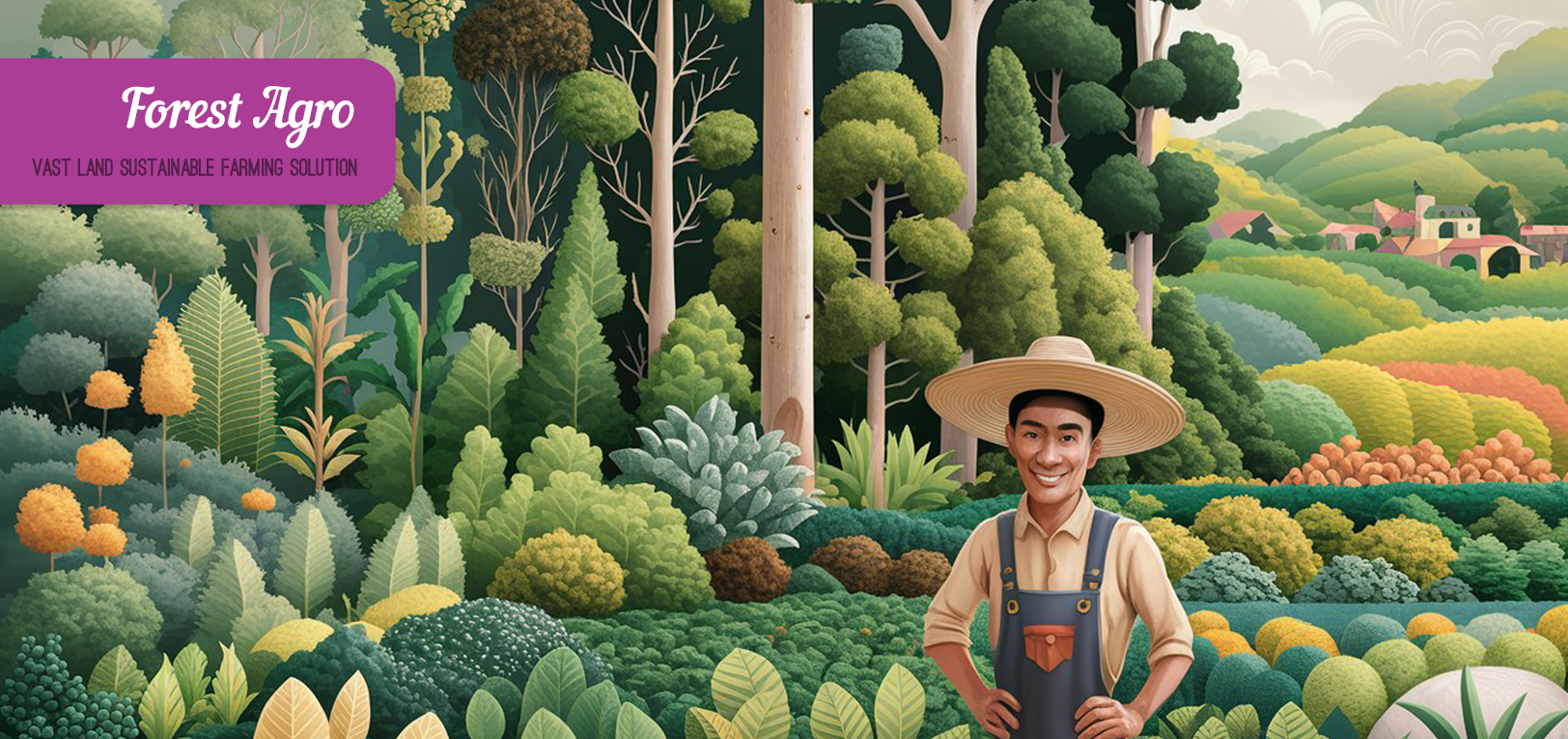Your cart is currently empty!

Forest Agro
A Sustainable Approach to Vast Land Agriculture
Forest agro, also known as agroforestry, is a farming practice that combines agriculture and forestry to create a sustainable and diverse ecosystem. This approach has gained popularity in recent years due to its numerous benefits for the environment, farmers, and consumers. In this article, we will explore the concept of forest agro, its benefits, and how it can be implemented.
What is Forest Agro?
Forest agro involves integrating trees into agricultural landscapes to create a diverse and resilient ecosystem. This approach combines the benefits of agriculture and forestry, allowing farmers to grow crops and raise livestock while also preserving and restoring forests. Forest agro can be implemented in various ways, including:
- Silvopasture: Combining trees with livestock grazing to create a diverse and sustainable pasture.
- Silvoculture: Integrating trees into agricultural fields to create a diverse and resilient ecosystem.
- Agroforestry: Combining trees with crops and livestock to create a diverse and sustainable farm.
Benefits of Forest Agro
Forest agro offers numerous benefits for the environment, farmers, and consumers. Some of the key advantages include:
- Soil Conservation: Trees help to stabilize soil and prevent erosion, reducing the need for fertilizers and pesticides.
- Biodiversity: Forest agro promotes biodiversity by providing habitat for wildlife and supporting a diverse range of plant and animal species.
- Climate Change Mitigation: Forests absorb carbon dioxide from the atmosphere, helping to mitigate climate change.
- Increased Crop Yields: Trees provide shade, improve soil health, and increase crop yields.
- Improved Livestock Health: Trees provide shelter and improve the health of livestock.
- Increased Farm Income: Forest agro can increase farm income by providing additional products, such as timber and non-timber forest products.
- Improved Water Quality: Forests help to filter and purify water, improving water quality.
Implementing Forest Agro
Implementing forest agro requires careful planning and execution. Here are some steps to consider:
- Assess Your Land: Evaluate your land’s soil type, climate, and topography to determine the best forest agro approach.
- Choose the Right Trees: Select tree species that are well-suited to your climate and soil type.
- Design Your System: Plan your forest agro system, considering factors such as tree spacing, crop rotation, and livestock grazing.
- Monitor and Adapt: Monitor your system’s performance and adapt as needed to ensure its success.
The main crops used in forest agro systems vary depending on the specific approach and region, but some common crops include:
- Fruit and Nuts: Trees such as fruit trees, nut trees, and other edible plant species are integrated into agricultural landscapes to provide additional income streams and diversify farm production
- Maize and Beans: In hillside systems, maize and beans are commonly intercropped with trees to create a diverse and resilient ecosystem. Maize provides shade and beans fix nitrogen, improving soil fertility.
- Coffee and Cocoa: In tropical regions, coffee and cocoa are often grown under shade trees, which provide protection from the sun, wind, and pests. This approach helps maintain soil fertility and biodiversity
- Legumes: Legumes such as beans and peas are used to fix nitrogen in the soil, improving soil fertility and reducing the need for synthetic fertilizers
- Grains and Fodder: In some systems, grains like wheat and barley are grown alongside trees, while fodder crops like grasses and hay are used to support livestock grazing
These crops are often grown in combination with trees, which provide additional benefits such as shade, soil erosion prevention, and habitat for wildlife. The specific crops used can vary depending on factors like climate, soil type, and local market demand.
Forest agro is a sustainable and diverse approach to agriculture that offers numerous benefits for the environment, farmers, and consumers. By integrating trees into agricultural landscapes, farmers can create a resilient and diverse ecosystem that supports biodiversity, improves soil health, and increases crop yields. With careful planning and execution, forest agro can be a successful and profitable approach to sustainable agriculture.
Read more interesting topic that related to Forest Agro:


Leave a Reply